Dabbe Turkish Horror Movie Explained & Review
Dabbe (2006) : Recap, Analysis, Ending Explained & Review
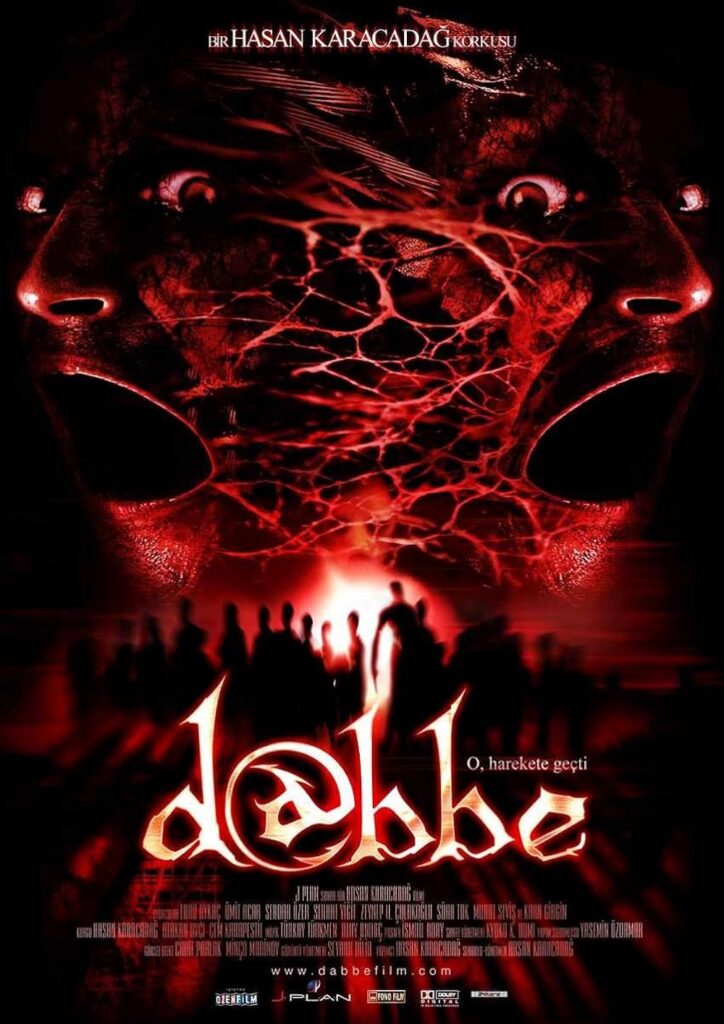
Recap
Directed by Hasan Karacadağ, Dabbe (2006) marks the beginning of one of Turkey’s most notorious horror franchises. The film opens in Ankara, where a seemingly ordinary man named Tarık dies by suicide under bizarre circumstances. Soon after, a chain of terrifying events unfolds as people in his circle experience strange visions, hauntings, and supernatural disturbances.
Central to the story is the presence of the “dabbe”, a concept drawn from Islamic eschatology, referring to a beast or entity that emerges at the end of times. In the movie, this concept is reinterpreted as a form of digital contagion, spreading like a virus through the internet and computers. Tarık’s death is revealed to be linked to his obsession with online chatrooms and messages containing occult references.
As the narrative progresses, Tarık’s friends and loved ones begin receiving strange online messages themselves, cryptic warnings, demonic imagery, and codes that seem to predict death. One by one, they fall victim to disturbing supernatural events until the boundary between the digital and the spiritual collapses completely.
Analysis
Karacadağ uses Dabbe to fuse modern anxieties with ancient prophecies. At its core, the film critiques the rise of the internet in mid-2000s Turkey, portraying technology not as a tool of progress but as a portal for unseen forces.
Thematically, the movie explores:
- Apocalyptic Fear: Drawing from Quranic references to the “dabbe,” the film places viewers in a world where prophecy manifests in terrifyingly modern ways.
- Digital Possession: Unlike Western horror, which often uses haunted houses or cursed objects, Dabbe imagines the computer screen as the new haunted mirror, a space where demons infiltrate human life.
- Cultural Identity: The film resonates strongly with Turkish audiences by rooting itself in Islamic eschatology rather than borrowing Western tropes like vampires or zombies.
Stylistically, Dabbe feels raw and unsettling, leaning into grainy cinematography and an atmosphere of dread. Its low-budget execution is sometimes criticized, but it contributes to the unnerving realism that Karacadağ would later refine in sequels.
Ending Explained
The film’s climax reveals that Tarık was not just an isolated victim but the first domino in a larger apocalyptic pattern. His suicide wasn’t random; he had been overtaken by the dabbe, a malevolent force that spreads digitally. The final act shows how the curse continues to ripple outward, suggesting that the internet has become a global vessel for the demonic.
The ending leaves viewers unsettled with two key implications:
- No Escape: Unlike traditional horror where evil is contained, here the horror is infinite. If the internet itself is corrupted, then everyone is vulnerable.
- Prophetic Alignment: The movie ties the digital virus directly to Islamic prophecy, implying that what we see is not just supernatural horror but an omen of the approaching end times.
Rather than closing the story, Dabbe deliberately leaves loose ends, setting up the tone of dread and continuation that would define the sequels
Review
As a film, Dabbe is polarizing.
- Strengths:
- Unique cultural identity: By drawing from Islamic prophecy, it carves a niche in global horror.
- Atmosphere: Despite its low budget, the film successfully creates a paranoid, oppressive environment.
- Concept: The fusion of the internet with demonic prophecy was ahead of its time, predating modern “digital horror” narratives.
- Weaknesses:
- Technical limitations: At times, poor effects and uneven pacing distract from the scares.
- Exposition-heavy: The film occasionally leans too much on dialogue explaining prophecy rather than showing it.
That said, its rawness adds to its cult appeal. For many Turkish horror fans, Dabbe was a turning point, a declaration that local folklore and theology could be as terrifying as anything from Hollywood or Japan.
Final Verdict
Dabbe 1 is not just a horror film, it’s a cultural statement. While rough around the edges, it introduced a terrifying blend of religion, technology, and prophecy that would expand into one of Turkey’s most famous horror franchises.
For viewers accustomed to polished Western horror, Dabbe might feel clumsy. But for those willing to look past its imperfections, it offers something chillingly unique: the idea that the horrors of the digital age are not just psychological but apocalyptic.
Rating: 6.5/10 – Imperfect execution, but groundbreaking in vision.
Dabbe 2 (2009) : Recap, Analysis, Ending Explained & Review
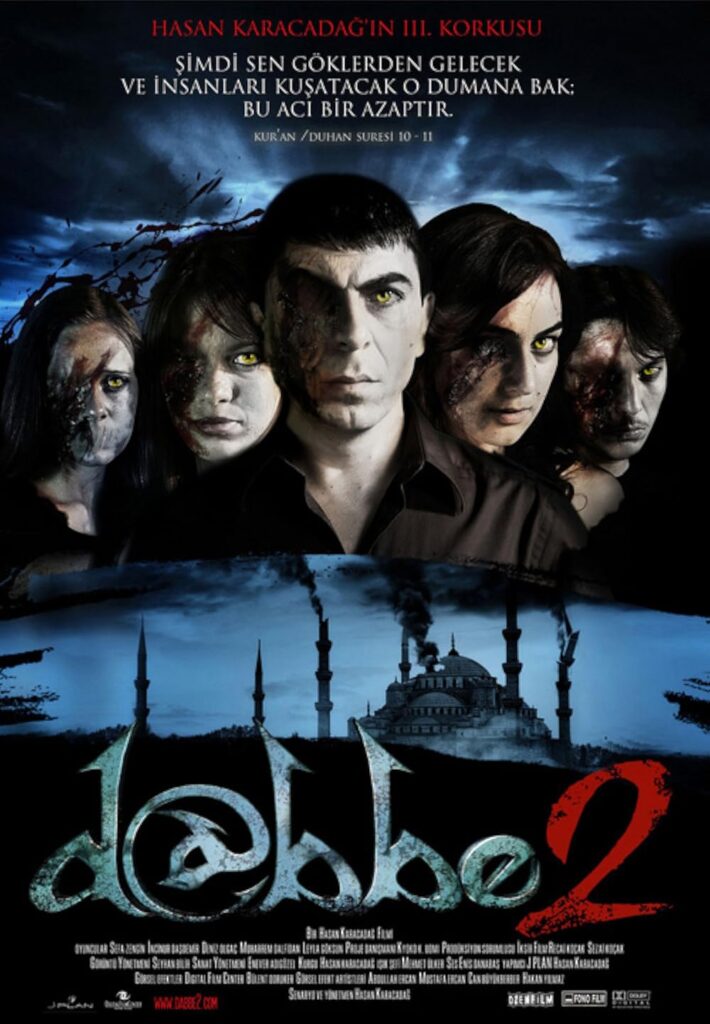
Recap
Directed once again by Hasan Karacadağ, Dabbe 2 (also subtitled The Curse of the Jinn) continues the director’s ambition to fuse Islamic eschatology with modern horror. Unlike the first film, which leaned heavily into the digital-apocalypse concept, the sequel takes a more traditional supernatural route, focusing on possession and curses.
The story follows Kübra, a young woman whose life collapses after a disturbing encounter with a mysterious online video and a series of unexplainable visions. Soon, she begins to exhibit signs of possession, violent outbursts, distorted speech, and terrifying physical transformations. Her family, terrified and desperate, seeks both medical help and traditional spiritual solutions.
As Kübra’s condition worsens, the narrative reveals a deeper backstory involving her ancestors and a pact with the jinn, suggesting that her torment is not random but part of a generational curse. The haunting escalates into violent confrontations, failed exorcisms, and a spiral of paranoia that traps both Kübra and her loved ones.
Analysis
While Dabbe 1 explored the digital spread of the apocalypse, Dabbe 2 pivots toward folk horror rooted in Islamic tradition. This shift reflects two things:
- Cultural Authenticity: The sequel leans into jinn lore, which resonates strongly in Turkish and broader Middle Eastern culture. Instead of looking outward (to Hollywood or J-horror), Karacadağ doubles down on indigenous fears.
- Expanding the Franchise Identity: By shifting from computers to possession, the director signals that Dabbe is not just about one gimmick but about exploring many forms of end-times horror.
Stylistically, the film blends documentary-like realism (handheld shots, raw lighting) with exaggerated demonic imagery. This creates a texture that feels both grounded and nightmarish.
Themes at play include:
The Unseen World: By making the jinn the central antagonists, the film explores the idea that the supernatural is always close, hidden in shadows, waiting for weakness.
Generational Trauma: Kübra’s suffering is tied to ancestral sins, making horror a family inheritance.
Faith vs. Science: The family’s reliance on doctors proves futile, while religious exorcisms become the only hope.
Ending Explained
In the climactic scenes, Kübra undergoes a violent exorcism that reveals the full extent of her possession. The rituals temporarily appear to succeed, but in true Dabbe fashion, the evil is never truly defeated.
The ending leaves audiences with two unsettling messages:
- The Curse Persists: Even if Kübra finds temporary release, the generational curse means the evil will re-emerge, possibly in other family members.
- Apocalypse is Personal: Unlike the global implications of Dabbe 1, here the end-times horror is intimate and familial. Evil doesn’t just come from the internet; it comes from within bloodlines and cultural history.
This ambiguity sets the tone for later entries in the franchise, where the line between victory and damnation is always blurred.
Review
As a standalone film, Dabbe 2 is more traditional than its predecessor but also more accessible to audiences unfamiliar with the Quranic idea of “dabbe.”
- Strengths:
- Deep cultural roots: By centering jinn lore, the film distinguishes itself from generic horror.
- Atmosphere of dread: The possession sequences are raw, unsettling, and often more disturbing than polished Hollywood equivalents.
- Franchise expansion: It establishes the Dabbe brand as versatile, capable of exploring multiple subgenres of horror.
- Weaknesses:
- Uneven pacing: The middle portion drags with repeated possession sequences.
- Rough effects: Low-budget visuals sometimes undermine the intended terror.
- Less innovative: Compared to Dabbe 1’s digital apocalypse theme, this installment feels more familiar to global horror fans.
Final Verdict
Dabbe 2 may not have the shock value of the original’s internet-demon concept, but it successfully roots the franchise in Turkey’s spiritual horror tradition. Its focus on possession and generational curses provides a more direct and visceral experience, appealing to audiences who prefer raw exorcism-style terror.
It’s an important stepping stone in the Dabbe saga: not the most polished, but one that solidifies the franchise’s identity as Turkey’s premier horror export.
Rating: 6/10 : Familiar in structure but haunting in cultural authenticity.
Dabbe 3: Bir Cin Vakası (2012) – Recap, Analysis, Ending Explained & Review
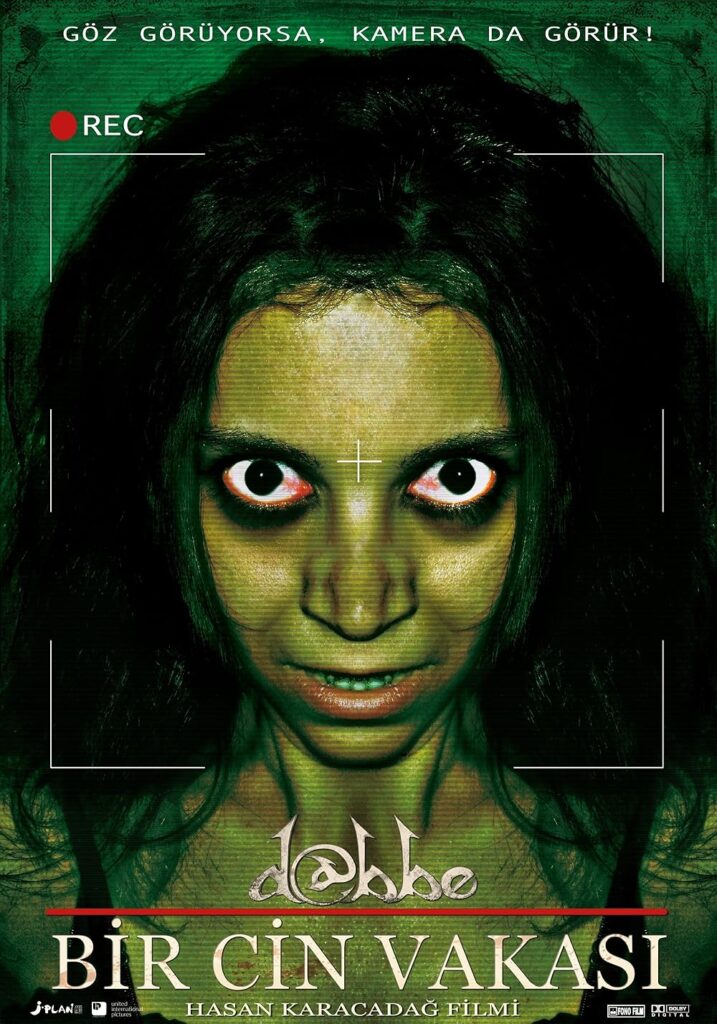
Recap
Hasan Karacadağ’s Dabbe 3 takes a sharp turn from the earlier internet-curse and possession themes, moving fully into documentary-style horror. This installment adopts a found-footage format, which was still popular globally at the time (Paranormal Activity, REC, etc.), but here it’s fused with Turkish Islamic folklore.
The story follows a psychiatrist and her cameraman as they investigate Kübra, a young woman believed to be possessed by a powerful jinn after her marriage fell apart. The investigation begins clinically, with the doctor trying to interpret Kübra’s behavior through psychology. But as strange events escalate, violent fits, guttural voices, levitation, and terrifying apparitions, the lines between medicine and the supernatural blur.
Kübra’s family insists that her suffering is the result of a curse linked to black magic (sihr) and generational ties with the jinn. The camera documents every stage of her descent, from early disturbances to full-blown possession, pulling the viewer into an atmosphere of relentless dread.
Analysis
Dabbe 3 is where the franchise finds its true horror identity. By switching to a faux-documentary style, Karacadağ makes the story feel uncomfortably real, as though the audience is watching leaked footage of an actual exorcism case.
- Science vs. Faith: The psychiatrist’s rational framework crumbles as she’s confronted with phenomena beyond explanation.
- The Power of the Jinn: Unlike Western demons, jinn in Islamic tradition are woven into everyday cultural fears. Karacadağ doesn’t exoticize them, he presents them as terrifyingly ordinary forces just beyond human perception.
- The Vulnerability of Women: Kübra’s possession is tied to her broken marriage and societal pressures, raising questions about gender, trauma, and the stigmatization of women through supernatural explanations.
The found-footage format, shaky cameras, night vision, muffled audio, makes the horror more immersive. Rather than polished scares, the terror comes from raw immediacy. The film forces viewers to feel like participants, not spectators.
Ending Explained
The climax of Dabbe 3 is harrowing. During the exorcism rituals, Kübra’s possession reaches its peak. The jinn controlling her reveals that her suffering is tied to a curse placed upon her bloodline, ensuring that no one can escape its grasp.
In the final moments, the ritual collapses into chaos, shadows swarm, Kübra’s body contorts unnaturally, and the camera captures disturbing last glimpses before cutting off abruptly.
The ending delivers two chilling messages:
- Evil Cannot Be Contained – Even rituals cannot fully banish the jinn, suggesting that humanity has no defense against such forces.
- Found Footage as Evidence – The abrupt cut leaves viewers with the sense they’ve just watched forbidden documentation, something they shouldn’t have seen.
This lack of resolution is deliberate, amplifying dread long after the credits roll.
Review
Dabbe 3 is widely considered one of the strongest entries in the franchise, and for good reason.
- Strengths:
- Immersive realism: The found-footage style makes the film more terrifying than traditional possession movies.
- Cultural authenticity: By embedding the narrative in Turkish-Islamic tradition, the film avoids feeling like a Western imitation.
- Relentless pacing: The escalation from clinical study to supernatural breakdown keeps tension tight.
- Weaknesses:
- Accessibility: Viewers unfamiliar with Islamic lore may miss the deeper significance of references.
- Visual fatigue: The shaky-cam style, while immersive, can feel exhausting over the long runtime.
Still, its impact is undeniable, it transformed Dabbe from a cult curiosity into a mainstay of Turkish horror cinema, cementing Karacadağ’s reputation internationally.
Final Verdict
Dabbe 3 isn’t just another sequel, it’s the film that gave the franchise its cult-horror credibility. By embracing found-footage realism and diving deep into jinn possession lore, it set a new standard for regional horror and proved that Turkish cinema could compete on the global horror stage.
Rating: 7.5/10 – Uneven in moments, but a genuinely disturbing and culturally resonant possession horror.
Dabbe 4: Cin Çarpması (2013) – Recap, Analysis, Ending Explained & Review
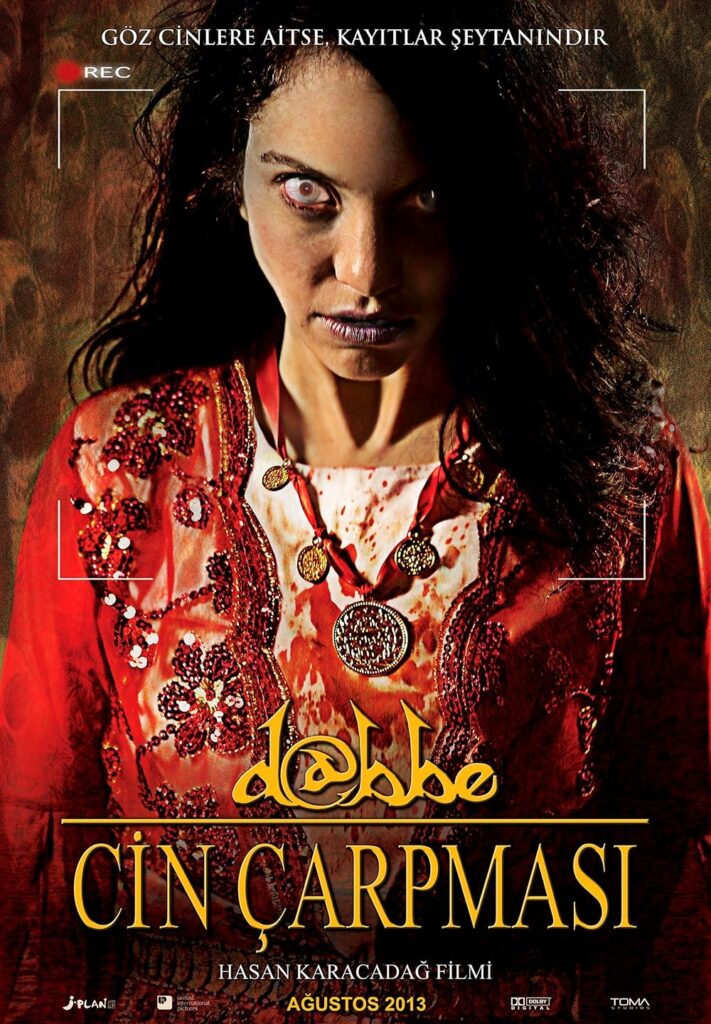
Recap
Hasan Karacadağ’s Dabbe 4 takes the franchise into brutal and unrelenting territory, cementing its reputation as one of the most disturbing Turkish horror films ever made.
The story begins with Ebru, a psychiatrist and researcher, who sets out to document and scientifically analyze cases of jinn possession. Her focus turns to Kübra, a newly married young woman who suddenly begins showing terrifying signs of possession shortly after her wedding.
Initially skeptical, Ebru views Kübra’s case as a psychological breakdown. But when Kübra starts exhibiting otherworldly strength, speaking in guttural voices, and predicting horrifying events, it becomes clear that this is no ordinary illness. Ebru joins forces with a hoca (an Islamic exorcist), and together they attempt to confront the dark entities tormenting Kübra.
The investigation reveals that Kübra is the victim of a curse rooted in sihr (black magic), tied to jealousy and vengeance. What follows is a harrowing series of exorcisms, confrontations with shadowy forces, and unnerving encounters that blur the line between reality and nightmare.
Analysis
Dabbe 4 is often described as the most unsettling film in the franchise because it refuses to hold back on its depiction of possession, rituals, and psychological torment.
- Faith vs. Rationalism: Ebru, the rational psychiatrist, is gradually forced to accept the existence of forces science cannot explain.
- Marriage, Jealousy & Betrayal: Kübra’s possession is triggered by a curse born out of envy—a reflection of how interpersonal conflicts in Turkish culture are often entangled with supernatural fears.
- Cultural Horror: Instead of Western demons, the film draws heavily on jinn folklore, black magic practices, and Quranic references, grounding its horror in the local belief system.
Karacadağ uses oppressive realism, long exorcism sequences, unflinching camerawork, and disturbing sound design. Unlike jump-scare-heavy Western horror, Dabbe 4 creates horror by pushing viewers into discomfort, almost like they’re witnessing an actual ritual gone wrong.
This relentless tone is why the film became notorious not only in Turkey but also among international horror fans seeking extreme cinema.
Ending Explained
The climax of Dabbe 4 is devastating. During the final exorcism, Kübra’s possession intensifies beyond control. The hoca attempts to drive out the jinn, but the ritual fails catastrophically. The jinn reveal that Kübra’s fate was sealed long before, tied to the curse and bloodline, making salvation impossible.
Ebru, once a detached observer, becomes emotionally and spiritually overwhelmed. She realizes too late that she is not just documenting a case, she is part of it. The evil spreads beyond Kübra, suggesting that the curse is contagious and unstoppable.
The ending doesn’t deliver catharsis or relief. Instead, it leaves the audience with the grim message that some horrors cannot be defeated, only endured.
Review
Dabbe 4 is widely regarded as both the franchise’s most disturbing and most effective entry.
- Strengths:
- Authenticity: The incorporation of Quranic verses, Islamic rituals, and culturally specific fears gives the film a terrifying realism.
- Atmosphere: The movie sustains dread from start to finish without resorting to cheap tricks.
- Shock Value: Its raw and unfiltered depiction of possession makes it unforgettable.
- Weaknesses:
- Length: At over two hours, the film can feel exhausting, especially with prolonged exorcism scenes.
- Accessibility: Viewers unfamiliar with Turkish or Islamic lore may miss key layers of meaning.
- Psychological Toll: The relentless darkness makes it difficult to recommend to casual horror fans.
Final Verdict
Dabbe 4 is the film that solidified the franchise’s cult reputation. Brutal, unapologetic, and deeply rooted in Turkish folklore, it delivers one of the most disturbing portrayals of possession in world cinema. For fans of extreme and culturally grounded horror, it’s essential viewing. For others, it may simply be too much.
Rating: 8/10 – Not for the faint of heart, but a landmark in Turkish horror.
Dabbe 5: Zehr-i Cin (2014) : Recap, Analysis, Ending Explained & Review
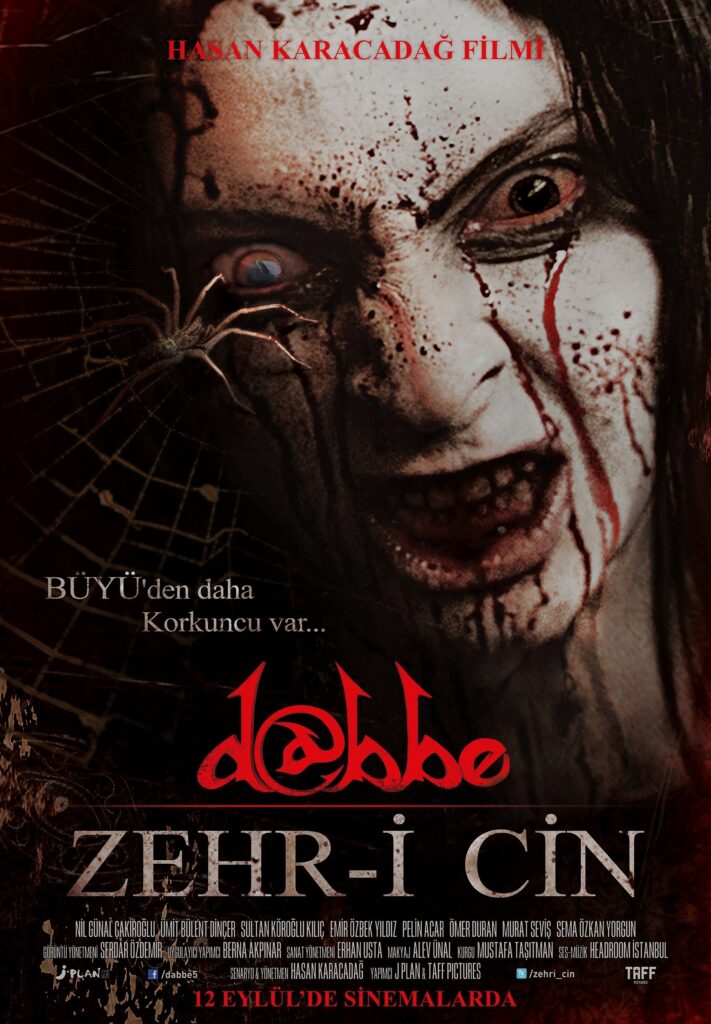
Recap
In Dabbe 5: Zehr-i Cin, Hasan Karacadağ crafts one of his most complex stories, weaving together possession horror, family trauma, and cultural folklore.
The film centers on Dilek and Ömer, a married couple whose once-happy life unravels when Dilek begins suffering from terrifying nightmares and unexplainable psychological breakdowns. She sees shadowy figures, hears whispers in the dark, and is plagued by visions of death. Ömer at first suspects mental illness, but as the disturbances escalate into violent attacks and full-blown possession episodes, he realizes something far more sinister is at play.
As the story unfolds, it’s revealed that Dilek is targeted by a jinn curse (zehr-i cin) tied to black magic rituals and generational sins. Her bloodline has been poisoned by an ancestral pact with jinn, leaving her vulnerable to attacks that no medical intervention can explain.
The couple seeks help from spiritual healers and religious exorcists, but each attempt only escalates the horror. What starts as a haunting becomes a desperate race for survival, with both Dilek’s sanity and their marriage hanging by a thread.
Analysis
Unlike the raw documentary-style intensity of Dabbe 3 or the unrelenting brutality of Dabbe 4, Dabbe 5 blends personal melodrama with supernatural dread.
- Marriage & Betrayal: At its heart, the film is about trust eroding under supernatural pressure. The jinn possession is not just an attack on Dilek’s body but on the couple’s bond.
- Inheritance of Sin: Once again, Karacadağ emphasizes that curses are generational, punishing families for ancestral ties to black magic.
- The Feminine Body as Battleground: Dilek becomes the vessel for cosmic conflict, reflecting cultural anxieties around women, purity, and vulnerability.
- Faith vs. Skepticism: While Ömer initially clings to rationality, the horrors they face force him into the spiritual world he once dismissed.
Karacadağ employs a more cinematic approach here, balancing found-footage grit with polished narrative sequences. The long exorcism rituals, unsettling sound design, and claustrophobic camerawork immerse viewers in Dilek’s torment while also giving space for domestic drama.
Ending Explained
The climax of Dabbe 5 is both tragic and thematically rich. During the final exorcism, Dilek appears to be freed from the jinn’s grip. However, the ritual reveals that her fate was sealed from birth, the zehr-i cin curse is written into her bloodline. Salvation is impossible.
In the film’s final act, Ömer makes a desperate choice that backfires, leading to devastating consequences. Instead of saving his wife, his actions deepen the curse’s hold, ensuring that the jinn’s influence will continue.
The ending suggests two unsettling truths:
- No Escape from Legacy – Curses tied to bloodlines cannot be erased; they only mutate and resurface.
- The Illusion of Agency – Human choices, whether through faith or science, ultimately cannot outmaneuver the supernatural forces at play.
The credits roll without resolution, leaving viewers with lingering dread and the sense that evil is woven into everyday life.
Review
Dabbe 5 is a turning point in the franchise: less about raw shock, more about narrative depth.
- Strengths:
- Emotional Core: The focus on Dilek and Ömer’s relationship gives the horror a deeply human anchor.
- Cultural Authenticity: Rich references to jinn lore, black magic rituals, and Islamic exorcism practices make it uniquely Turkish.
- Balance of Style: A mix of cinematic polish and Karacadağ’s trademark realism makes it more accessible to global audiences.
- Weaknesses:
- Length & Repetition: Like its predecessors, it stretches over two hours with extended ritual scenes that can exhaust viewers.
- Heavy-Handed Symbolism: At times, the metaphors (marriage, inheritance, sin) feel too on-the-nose.
- Relentless Darkness: The lack of relief makes the viewing experience emotionally draining.
Final Verdict
Dabbe 5: Zehr-i Cin is one of the franchise’s most ambitious films, blending domestic tragedy with supernatural terror. While not as raw as Dabbe 3 or as shocking as Dabbe 4, it succeeds by giving horror an emotional spine, turning jinn possession into a metaphor for marriage under siege and family legacies that can’t be escaped.
For fans of possession horror with cultural depth, it stands as one of Karacadağ’s most complete works. For casual viewers, its runtime and intensity may prove overwhelming.
Rating: 7.5/10 – Ambitious, emotionally charged, and culturally grounded, but unrelenting in its darkness.
Dabbe 6: Cin Çarpması 2 (2015) : Recap, Analysis, Ending Explained & Review
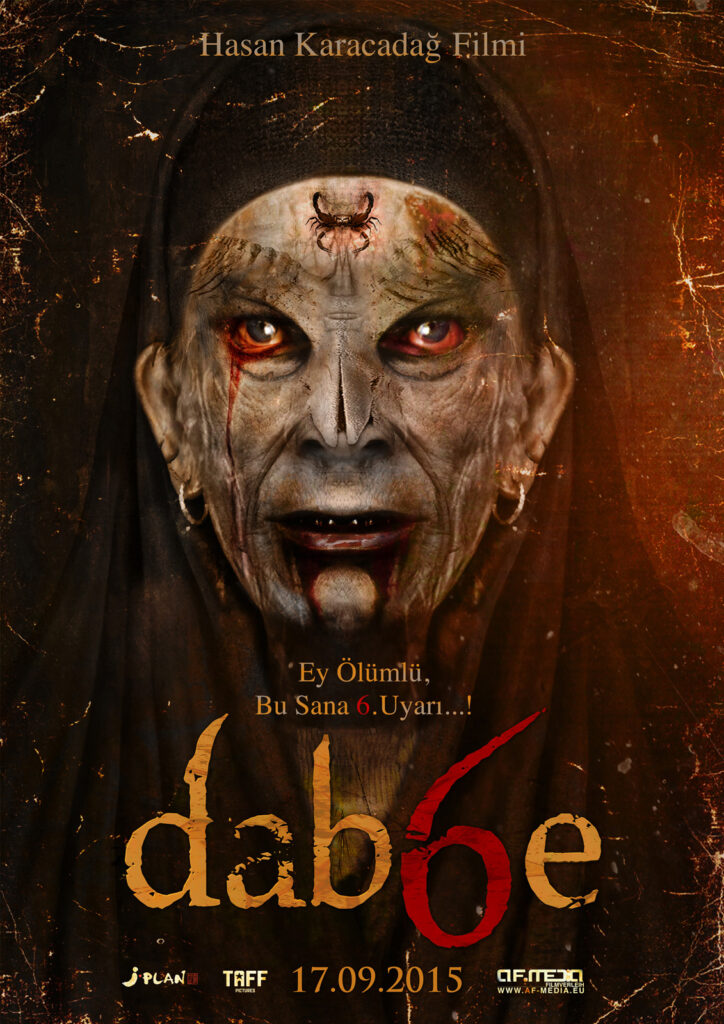
Recap
Hasan Karacadağ’s Dabbe 6 (sometimes marketed simply as D@bbe 6) opens with a chilling premise: Kübra, a young woman in Istanbul, is preparing for her wedding when she begins suffering terrifying episodes that defy medical explanation. She claims to see shadowy figures, hear whispers, and experience violent seizures at night.
Her fiancé, Ahmet, desperate to save her, turns to Ebru, a psychiatrist who specializes in unexplained psychological cases. Initially skeptical, Ebru begins documenting Kübra’s experiences. But the deeper she digs, the more she realizes that Kübra is at the center of a generational curse tied to the jinn—a “cin çarpması” (jinn affliction) that has plagued her family for decades.
The investigation uncovers sinister rituals, ancestral pacts with dark forces, and evidence of black magic meant to sabotage Kübra’s marriage. As exorcisms are attempted and spiritual healers called in, the boundaries between science and the supernatural collapse. What begins as a clinical study spirals into a full-scale descent into terror, with Kübra’s life, and her soul, hanging by a thread.
Analysis
If earlier entries in the franchise were raw experiments in style (Dabbe 1’s digital apocalypse, Dabbe 3’s found-footage realism), Dabbe 6 represents Karacadağ at the height of his craft. It combines cinematic polish with cultural specificity, delivering a horror film that feels both authentic and accessible to global audiences.
- Marriage & Jealousy: Once again, the film ties possession to interpersonal and societal anxieties, this time around, the vulnerability of brides and the dangers of envy-driven curses.
- Faith vs. Rationalism: Ebru’s scientific worldview is systematically dismantled as she is forced to witness horrors beyond psychiatry’s reach.
- Generational Burden: The film reiterates a recurring Dabbe motif, that curses don’t just target individuals, but entire family bloodlines.
- The Female Body as Battleground: Kübra’s possession is both spiritual and symbolic, turning her into the vessel through which cultural fears of corruption, envy, and betrayal are played out.
Karacadağ blends the immersive realism of found footage (handheld cameras, raw audio) with more traditional cinematic sequences, striking a balance that earlier entries sometimes lacked. The exorcism scenes are especially unsettling, with prolonged Quranic recitations, distorted voices, and practical effects that feel disturbingly real.
Unlike many Western possession films that rely on quick shocks, Dabbe 6 sustains oppressive dread, keeping viewers trapped in its atmosphere of doom.
Ending Explained
The climax of Dabbe 6 is among the most devastating in the franchise. During a prolonged exorcism, it is revealed that Kübra’s possession is not random but rooted in a curse placed on her bloodline generations ago. The jinn tormenting her were bound to her family through black magic rituals, ensuring that no descendant could escape.
Despite the hoca’s desperate attempts to banish the jinn, the ritual fails. Kübra’s body is ravaged, her mind consumed, and her fate sealed. The final sequences imply that the curse will continue, passing on through her family.
Ebru, once a rational observer, leaves shattered, her clinical detachment destroyed. The ending suggests that evil is not only undefeatable but woven into human history, a permanent shadow that cannot be erased.
Review
Dabbe 6 is often hailed as the scariest entry in the series, and for good reason.
- Strengths:
- Atmosphere of Relentless Dread: From start to finish, the film sustains suffocating tension.
- Cultural Authenticity: Its grounding in jinn lore, Quranic exorcisms, and black magic practices makes it uniquely terrifying.
- Polished Execution: Compared to earlier installments, it balances narrative, pacing, and style more effectively.
- Performances: Kübra’s transformation is hauntingly convincing, making the possession sequences unforgettable.
- Weaknesses:
- Runtime: At over two hours, it can feel drawn out, especially during repeated ritual scenes.
- Emotional Exhaustion: Its unrelenting darkness makes it difficult for casual horror fans to endure.
- Cultural Barriers: International viewers unfamiliar with Turkish or Islamic traditions may struggle with some references.
Final Verdict
Dabbe 6: Cin Çarpması 2 represents the franchise at its peak, a disturbing, culturally rich, and relentlessly terrifying horror film. While not for the faint of heart, it stands as one of the most important horror exports from Turkey, showing how deeply folklore and faith can be mined for cinematic fear.
Rating: 8.5/10 – The scariest and most complete Dabbe installment, a modern cult classic of possession horror.
Dabbe 7: El-Nazar (2016) : Recap, Analysis, Ending Explained & Review
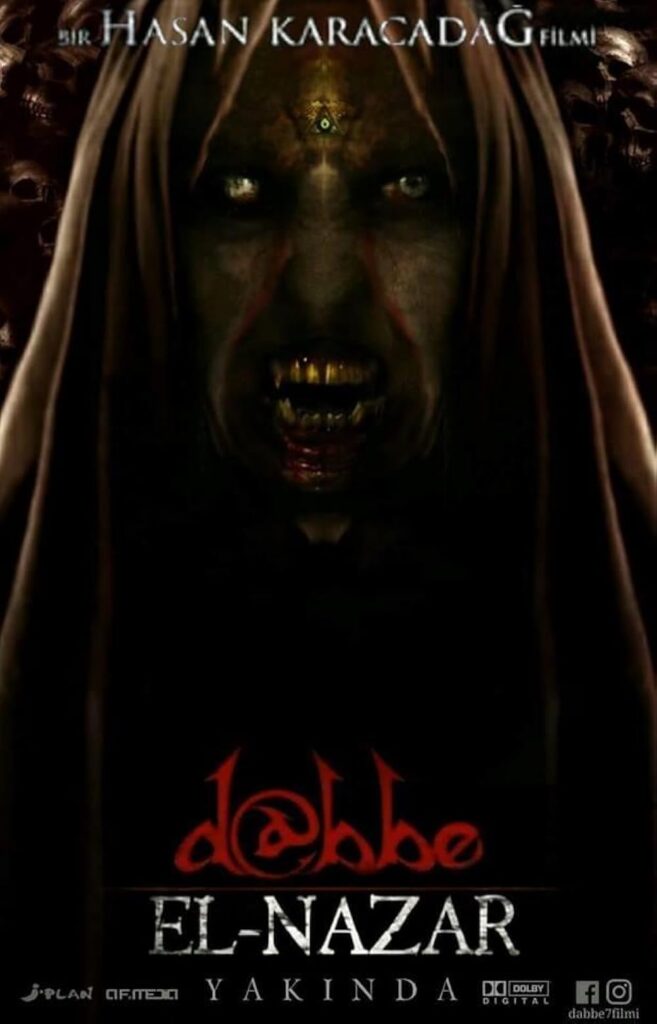
Recap
Dabbe 7: El-Nazar opens with the story of a newlywed couple, Kübra and Hakan, whose lives spiral into terror shortly after their wedding. Kübra begins experiencing terrifying visions, violent outbursts, and disturbing physical transformations. At first, her symptoms appear to be psychological trauma, but the truth is far darker: she has become the victim of a powerful jinn curse, triggered by envy and dark rituals.
As her condition worsens, Hakan desperately seeks help, turning to both medical professionals and spiritual healers. Enter Ebru, a psychiatrist who believes Kübra’s case could prove the link between psychology and possession. Initially skeptical, she documents Kübra’s decline, only to realize that she has stepped into the center of a nightmare she cannot control.
The deeper they probe, the more horrifying the revelations become: Kübra’s family is bound to a generational pact with the jinn, stretching back centuries. The curse was designed not only to torment her, but to spread destruction across her bloodline. The rituals, visions, and exorcisms are recorded in a raw, documentary-style format, making the audience feel as though they are witnessing a real-life possession unfold.
Analysis
Dabbe 7 is Karacadağ’s culmination of the Dabbe mythos, bringing together the thematic threads of all previous films, apocalypse, jinn possession, bloodline curses, black magic, and the collapse of science in the face of faith.
- The Evil Eye (Nazar): The title “El-Nazar” references the destructive power of envy, deeply rooted in Middle Eastern belief. Kübra’s curse begins with jealousy, showing how social tensions manifest as supernatural horrors.
- Marriage Under Siege: Once again, the female body and the institution of marriage become battlegrounds for supernatural conflict.
- Science vs. Faith: Ebru’s rationalism unravels, echoing the psychiatrist figure in Dabbe 6. The franchise consistently insists that Western science cannot explain the horrors that faith traditions have long warned of.
- Generational Doom: Like in Dabbe 5 and 6, the sins of ancestors return to consume the living. No one escapes inherited curses.
Karacadağ blends found-footage realism with cinematic horror. Shaky handheld cameras, night-vision shots, and prolonged Quranic exorcisms are intercut with more polished sequences, creating a hybrid aesthetic that feels both raw and narratively coherent.
Unlike earlier entries that relied heavily on claustrophobic homes, Dabbe 7 expands its scope, venturing into graveyards, abandoned villages, and ritual spaces. This expansion reinforces the idea that evil is not confined to one house or family, but woven into the world itself.
Ending Explained
The climax of Dabbe 7 is bleak and uncompromising. During the final exorcism, Kübra becomes a vessel for the jinn’s fury. The ritual spirals into chaos, exposing that her fate was sealed before birth, the generational pact ensures that her soul cannot be saved.
Hakan, desperate to save his wife, breaks spiritual protocol and tries to intervene. His actions backfire, allowing the jinn to tighten their grip not just on Kübra but on everyone present. The final scenes suggest that the curse has expanded beyond the family, leaving the world itself vulnerable.
The film closes with chilling ambiguity:
- Evil is Eternal – The curse is unbreakable, binding future generations.
- The Apocalypse is Personal – The “dabbe” of Islamic prophecy isn’t just a beast of the end times—it manifests in human lives, one family at a time.
- The Viewer as Witness – The documentary format implicates the audience, as though they’ve been forced to see something forbidden.
Review
Dabbe 7 is not only the longest but also one of the most ambitious films in the series. It attempts to tie the franchise’s eschatological horror with deeply personal tragedy.
- Strengths:
- Cultural richness: Grounded in the evil eye, black magic, and Quranic references, it resonates deeply with regional folklore.
- Scope: The expanded settings and layered backstory give the film an epic feel, compared to the claustrophobic earlier installments.
- Atmosphere: Sustained dread, coupled with Karacadağ’s commitment to authenticity, makes it one of the most unnerving entries.
- Weaknesses:
- Runtime: At nearly three hours, it’s punishing in length, with repeated exorcism sequences that test viewer endurance.
- Accessibility: International audiences unfamiliar with the cultural context may find the symbolism heavy and opaque.
- Emotional exhaustion: Its relentlessness leaves no breathing room, which can alienate casual viewers.
Final Verdict
Dabbe 7: El-Nazar is Hasan Karacadağ’s attempt to bring his saga to a definitive, apocalyptic close. It is sprawling, disturbing, and unapologetically bleak. For fans of the franchise, it’s a fitting finale that ties together recurring themes of possession, curses, and the inevitability of evil. For newcomers, however, its length and intensity may prove overwhelming.
Rating: 8/10 – Ambitious, culturally potent, and relentlessly terrifying, but exhausting in execution.
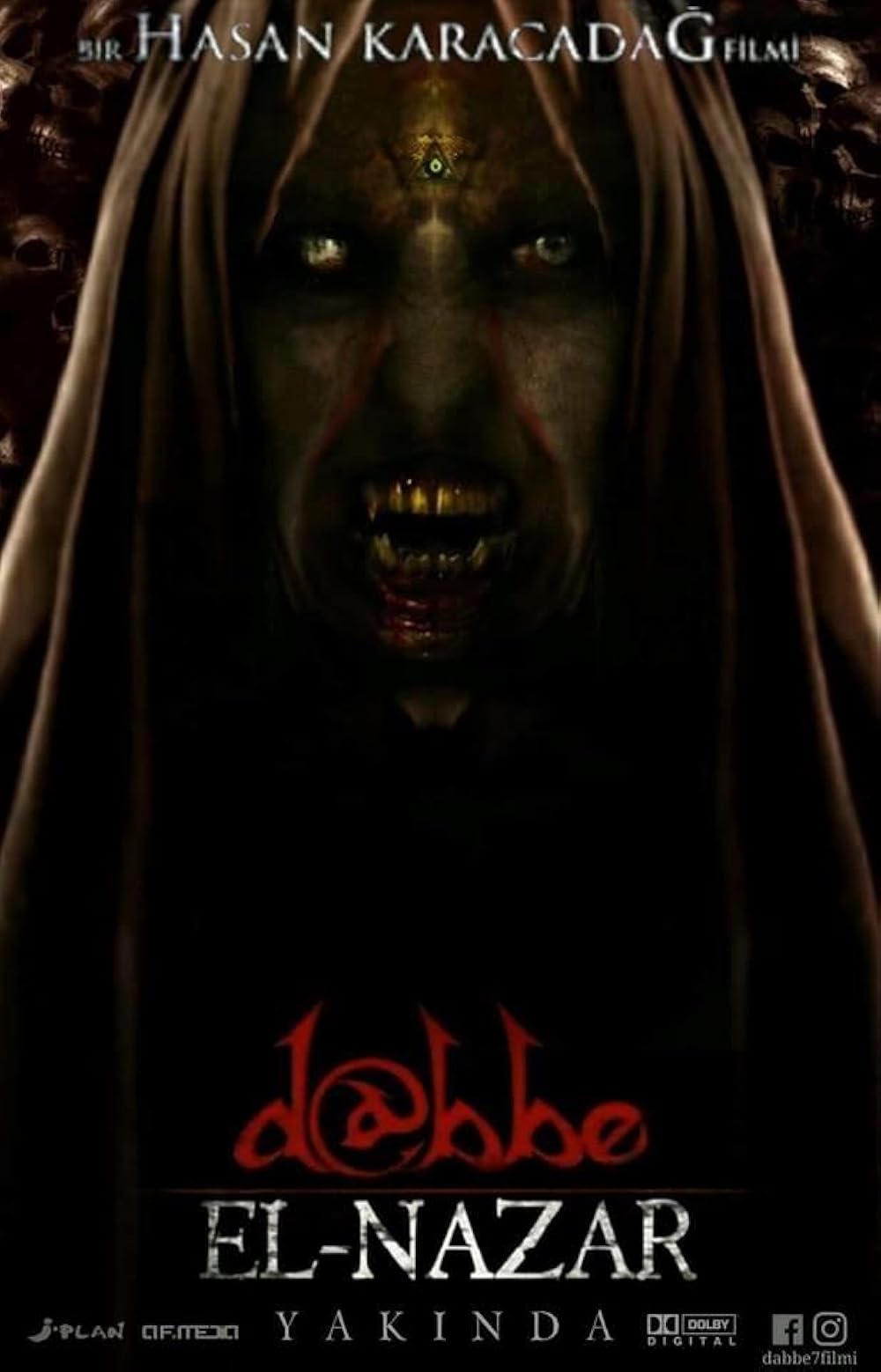

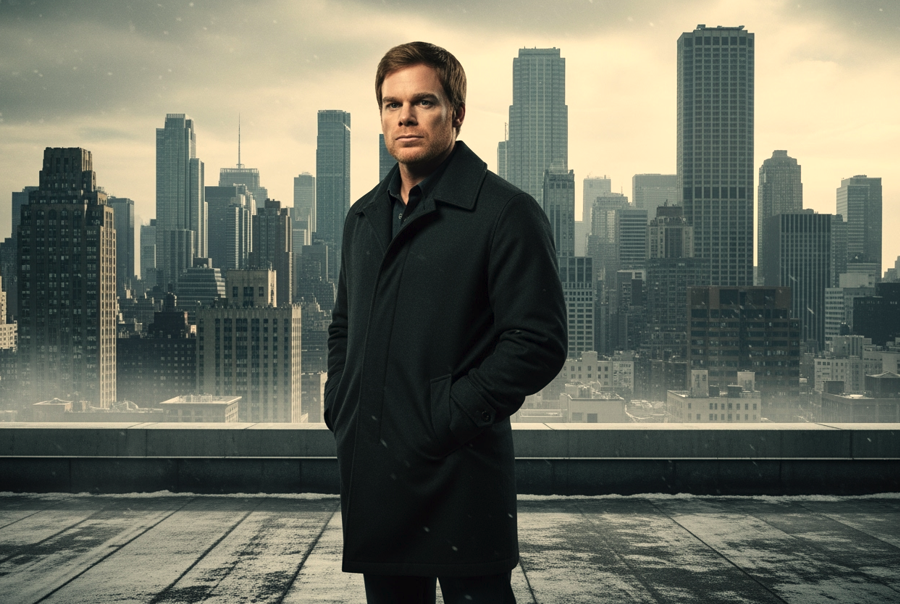
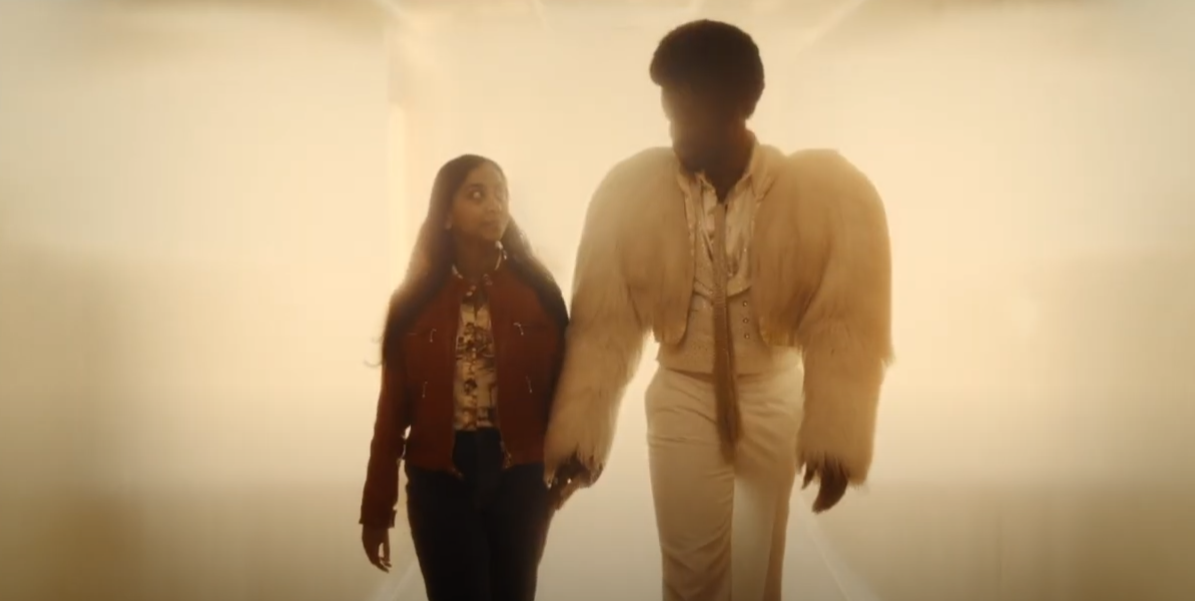
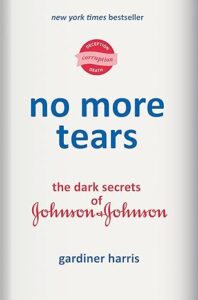


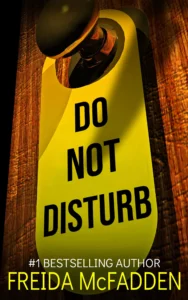

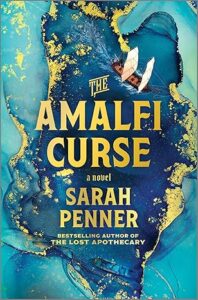
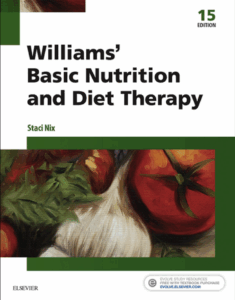

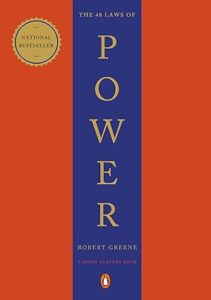
Post Comment